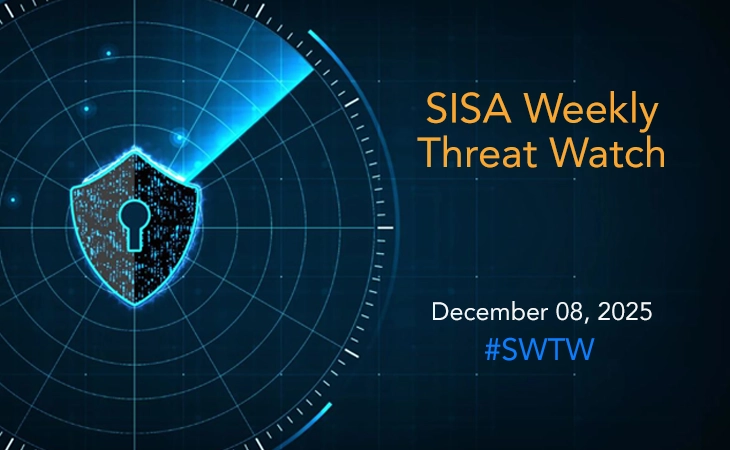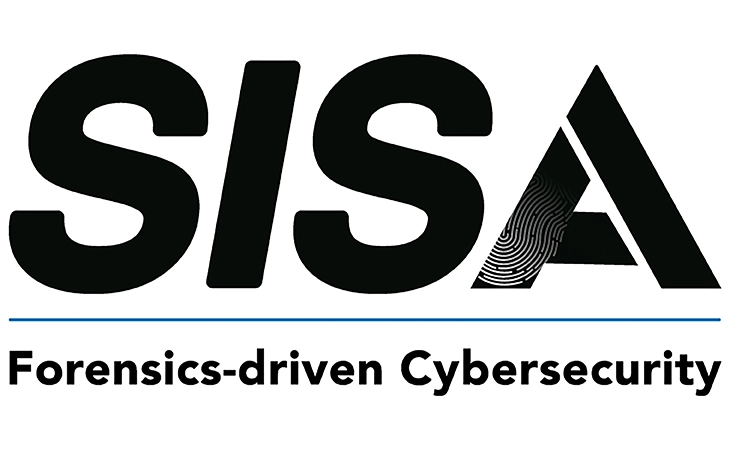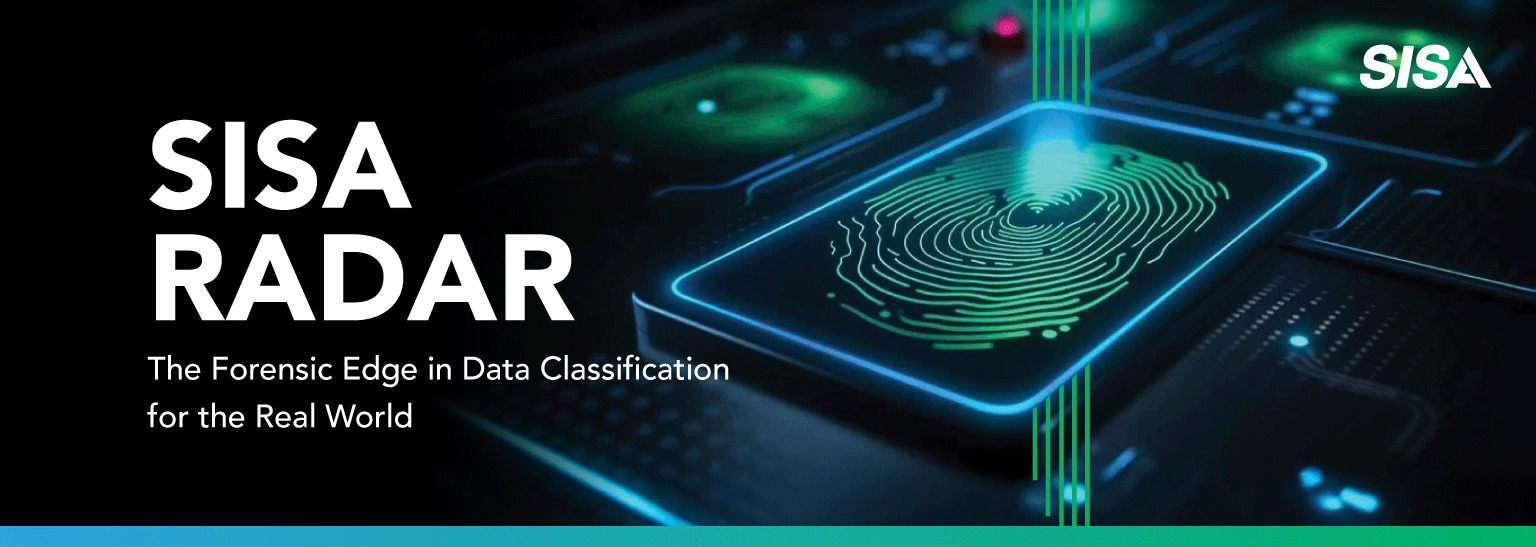
Threat Detection Solution (TDS) Explained [2025]
In today’s hyper‑connected world, cyber threats evolve at lightning speed. Organizations need a robust Threat Detection Solution (TDS) to stay one step ahead of attackers. In this comprehensive 800‑word guide, we’ll dive into what a TDS is, how it works, its key components, benefits, implementation best practices, and future trends. Plus, we’ve included unique FAQs to answer your burning questions—ensuring your content is fully optimized for generative search.
What Is a Threat Detection Solution (TDS)?
A Threat Detection Solution (TDS) is cybersecurity software or platform designed to identify malicious activity across an organization’s network, endpoints, cloud environments, and applications. Leveraging real‑time monitoring, behavioral analytics, and often artificial intelligence (AI), TDS tools detect anomalies, potential intrusions, and zero‑day exploits before they can wreak havoc.
Why Your Organization Needs a TDS in 2025
- Rapid Threat Evolution: Cyberattacks are more sophisticated, using polymorphic malware, fileless attacks, and AI‑powered tools.
- Hybrid Environments: With workloads split between on‑premises, cloud, and edge, visibility gaps are prime targets for attackers.
- Regulatory Pressure: Data privacy laws like GDPR, CCPA, and new regional regulations mandate proactive threat detection and incident response.
- Business Continuity: Downtime from ransomware or breaches can cost millions—TDS reduces dwell time and accelerates remediation.
Core Components of a Modern TDS
- Real‑Time Data Collection
- Collects logs, network packets, endpoint events, and cloud telemetry in real time.
- Ensures no blind spots exist across your digital footprint.
- Behavioral Analytics & Machine Learning
- Establishes baseline “normal” behavior for users, devices, and applications.
- Uses unsupervised and supervised ML models to flag anomalies.
- Threat Intelligence Integration
- Ingests global threat feeds, Indicators of Compromise (IOCs), and emerging attack signatures.
- Enriches alerts with context to reduce false positives.
- Automated Response Orchestration
- Integrates with SOAR (Security Orchestration, Automation, and Response) platforms to automate containment, quarantine, or enrichment workflows.
- Unified Dashboard & Reporting
- Provides SOC analysts with a single pane of glass for incident triage, investigation, and compliance reporting.
How Threat Detection Solutions Work
- Data Ingestion
- Agents or sensors deployed across endpoints, network taps, and cloud workloads gather raw telemetry.
- Normalization & Enrichment
- Raw logs are parsed into standardized fields (e.g., timestamps, IP addresses, user IDs).
- Threat intelligence feeds append context—geolocation, reputation scores, vulnerability CVEs.
- Detection Engines
- Signature‑Based: Matches known attack patterns or malware hashes.
- Anomaly‑Based: Leverages statistical and ML models to detect deviations from normal behavior.
- Alert Generation & Prioritization
- Alerts are scored based on severity, impact, and confidence level.
- High‑risk alerts surface at the top of the SOC queue.
- Incident Response
- Automated playbooks can isolate affected hosts, block malicious IPs, or initiate forensic data capture.
Top Benefits of Deploying a TDS
- Reduced Mean Time to Detect (MTTD) and Mean Time to Respond (MTTR)
- Enhanced Visibility across multi‑cloud, on‑prem, and hybrid infrastructures
- Proactive Threat Hunting capabilities for advanced persistent threats (APTs)
- Lower Operational Costs by automating repetitive tasks and reducing false positives
- Regulatory Compliance support through audit‑ready reporting
Selecting the Right TDS for Your Organization
When evaluating TDS vendors, consider:
- Scalability: Can the solution handle your log volume and future growth?
- Integration Ecosystem: Does it integrate with your SIEM, SOAR, firewall, EDR, and cloud platforms?
- Detection Accuracy: What’s the vendor’s published false positive rate and detection coverage (MITRE ATT&CK techniques)?
- Ease of Use: Intuitive dashboards, flexible alerting, and robust APIs matter for SOC efficiency.
- Pricing Model: Per‑GB ingestion vs. per‑endpoint vs. subscription—choose what aligns with your budget and usage patterns.
Best Practices for TDS Implementation
- Start with a Pilot: Deploy agents on a subset of critical servers or endpoints to validate detection accuracy and resource usage.
- Fine‑Tune Baselines: Allow the ML models to “learn” your environment for at least 30 days before enforcing strict alert thresholds.
- Enrich with Custom Threat Feeds: Incorporate industry‑specific IOCs or internal honeypot data for tailored detection.
- Conduct Regular Tuning Reviews: Quarterly reviews of alert metrics, false positive rates, and new MITRE ATT&CK coverage.
- Train SOC Analysts: Provide hands‑on workshops on the TDS dashboard, custom rule creation, and incident playbooks.
Future Trends in TDS for 2025 and Beyond
- AI‑Native Detection: Generative AI models crafting dynamic detection signatures in real time.
- Behavioral Biometrics: Leveraging keystroke dynamics and mouse‑movement patterns to detect compromised accounts.
- Edge‑First Security: Distributing detection engines to edge devices for offline or intermittent‑connectivity environments.
- Cross‑Vendor XDR: Seamless threat detection and response across network, endpoint, email, and identity providers.
Unique FAQs: Threat Detection Solution (TDS)
Q1. What’s the difference between TDS and SIEM?
A Security Information and Event Management (SIEM) platform aggregates and correlates logs, but often relies on manual rule creation. A modern TDS adds ML‑driven anomaly detection, automated response orchestration, and often natively integrates with SIEM for enriched analytics.
Q2. Can small businesses leverage TDS affordably?
Yes. Many vendors offer scalable, cloud‑native TDS with pay‑as‑you‑grow pricing. Start with critical assets and expand coverage as your budget and risk tolerance evolve.
Q3. How does TDS handle encrypted traffic?
Leading solutions use in‑line decryption (TLS inspection) at the network perimeter or decrypt logs at the endpoint agent level, ensuring visibility without creating blind spots.
Q4. What are the most common false positives in TDS?
User behavior anomalies—like employees logging in remotely after hours—often trigger alerts. Proper baseline tuning and user‑entity behavior analytics (UEBA) help minimize these.
Q5. Is TDS effective against insider threats?
Absolutely. Behavioral analytics detect unusual data access or exfiltration patterns by privileged users, flagging potential insider compromise.
Q6. How frequently should TDS rules and models be updated?
Best practice is quarterly reviews, but critical rule updates (e.g., new CVE signatures) should be applied as soon as they’re released.
By understanding the architecture, capabilities, and best practices of a Threat Detection Solution, your organization can dramatically improve its security posture in 2025. Evaluate vendors carefully, pilot effectively, and tune continually to stay ahead of evolving cyber threats.
Latest
Blogs
Whitepapers
Monthly Threat Brief
Customer Success Stories
 USA
USA India
India APAC
APAC Middle East
Middle East Global
Global






 Facebook
Facebook Linkedin
Linkedin  X
X Youtube
Youtube






